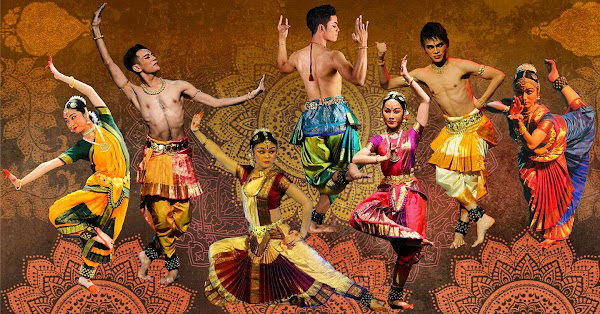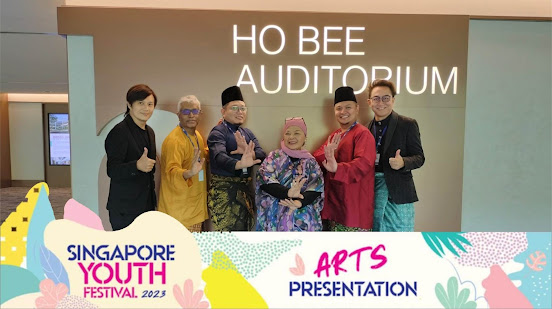Wong Kit Yaw: Keeping True to His Vision

Wong Kit Yaw is described by those who know him, have met him or have heard of him in many, many different ways. He is an artist who is a fount of knowledge, a disciplinarian, a tyrant, a gentle giant, dramatic, fun-loving, lovable, hysterical at times, and an always generous man. He is a choreographer, educator, director and a dance pioneer in Malaysia who entered the world of dance in a most unusual manner – leaving the passion for performance nurtured in high school in Teluk Intan for a career in construction and as a site supervisor in Singapore in the late 1970s. He then chose a path less travelled, and relinquished greater financial security of construction work for the love of dance. He enrolled in full-time training at the Nanyang Academy of Fine Arts (NAFA), Singapore in 1980. Here he underwent a comprehensive program of training in Chinese classical and folk dance, Indian classical dance, Malay folk dance and contemporary dance. Over the last decades, he has continued t...



